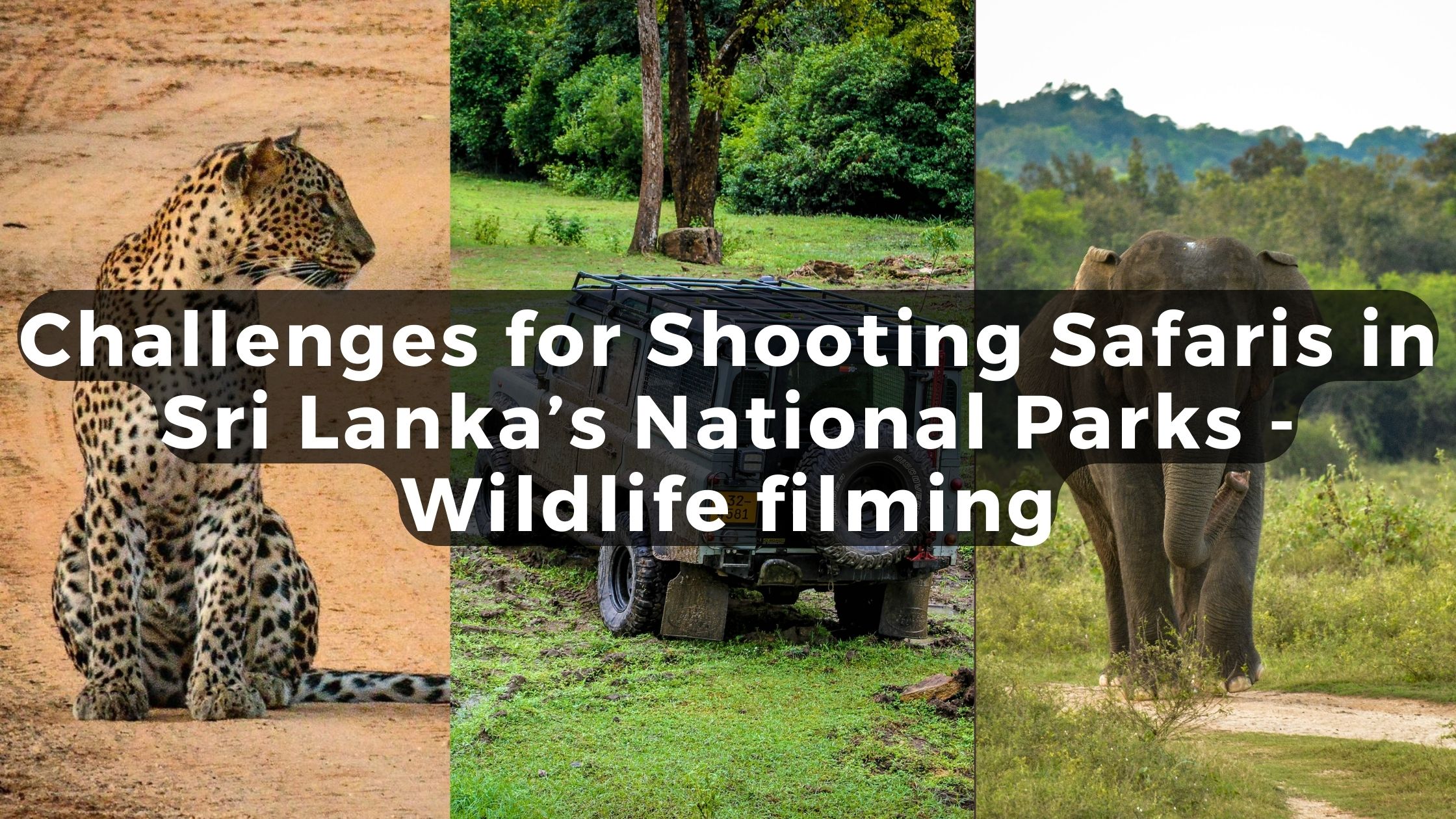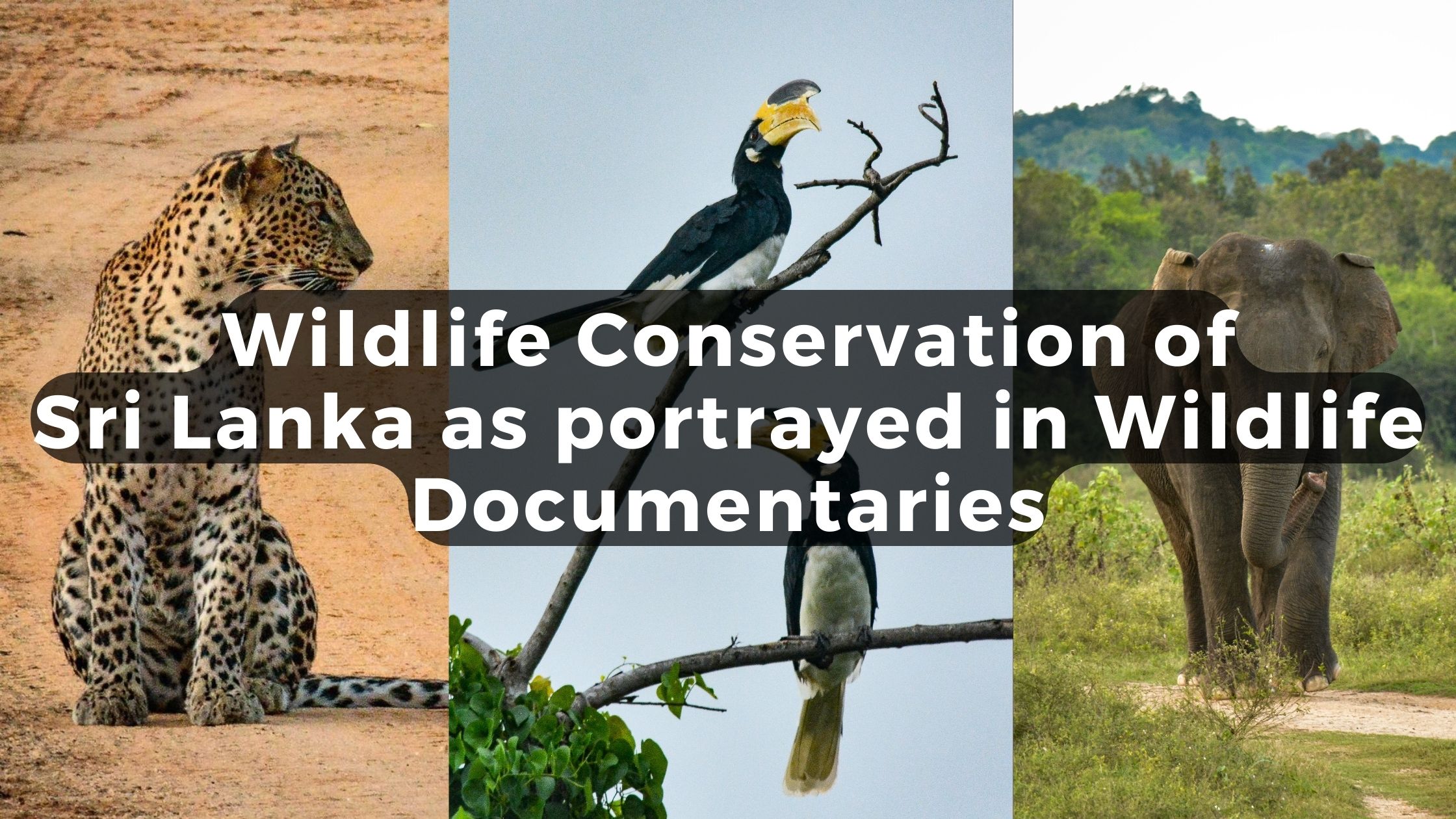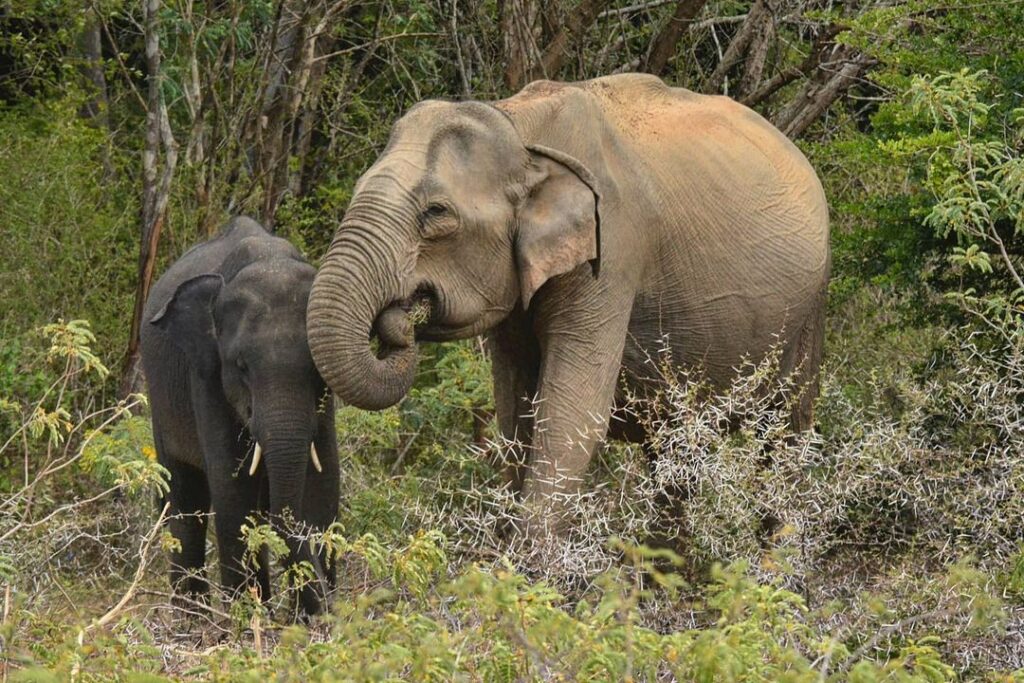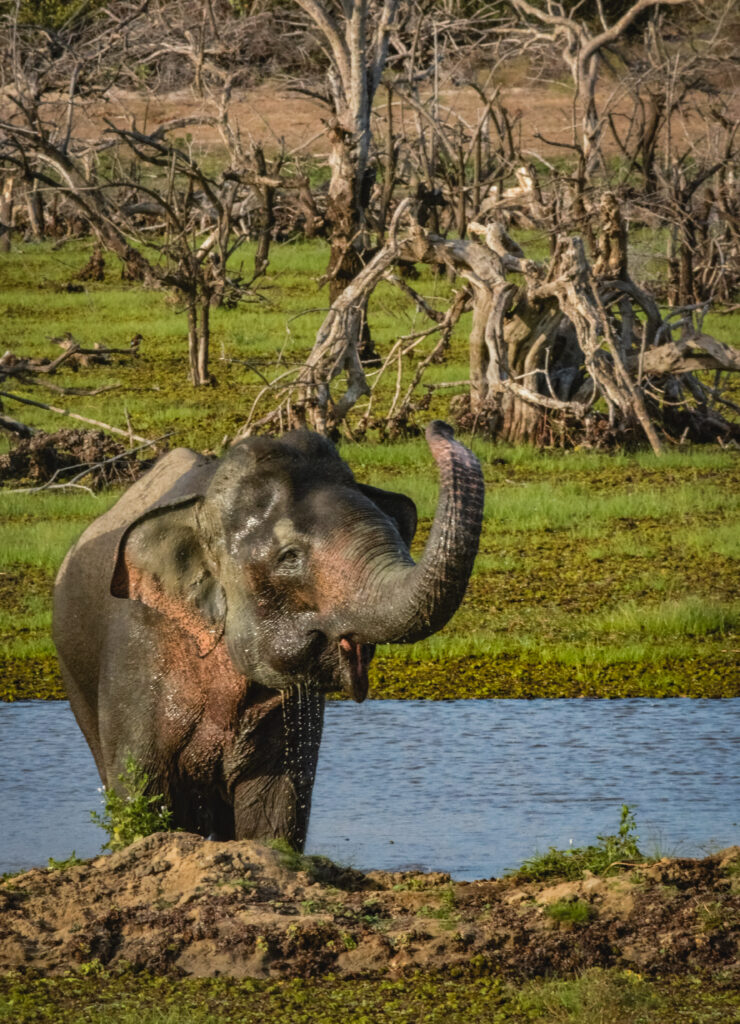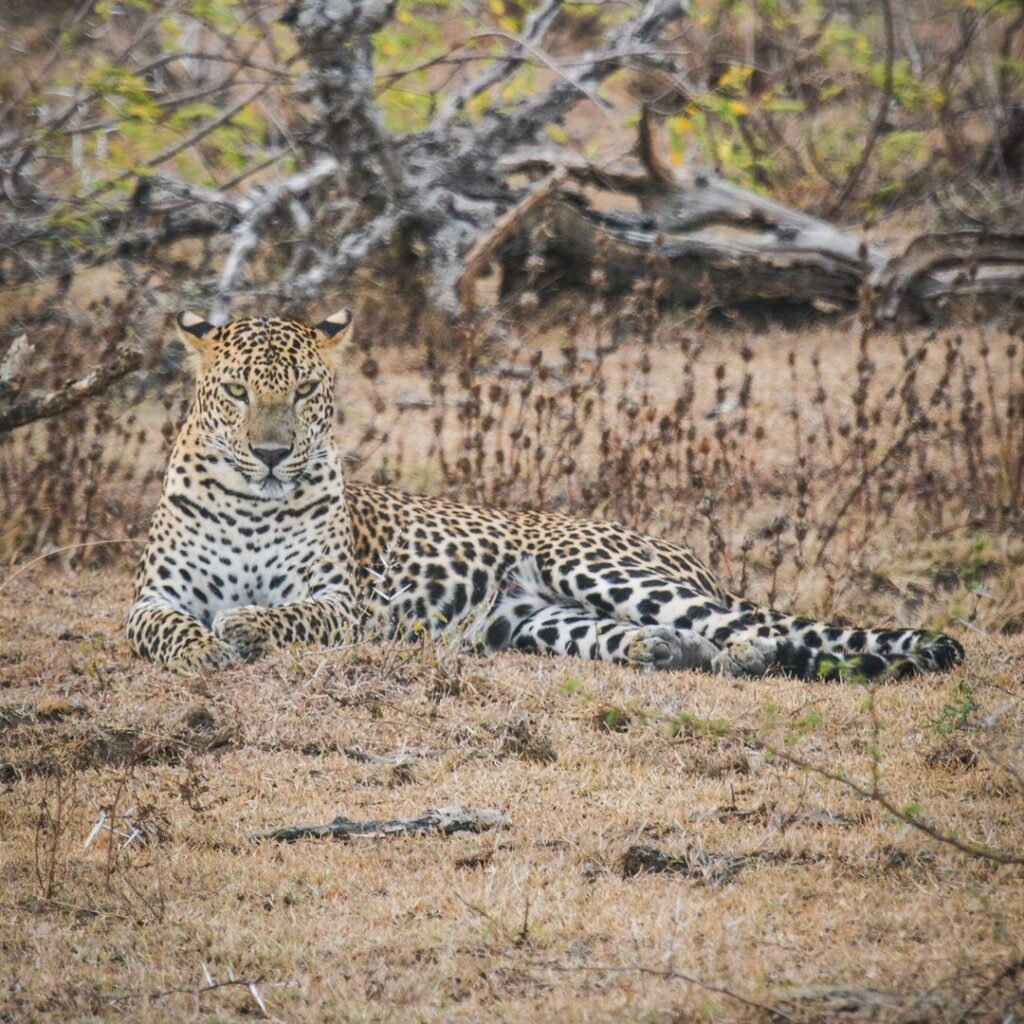Lying on this geographical feature Sri Lanka boast of a number of national parks, which […]
Category: Filming in Sri Lanka
Making great adventure movies in Sri Lanka’s Dense area
Concealed in the Indian ocean, on a island called Sri Lanka adventure filmmakers reside and […]
To the Beautiful Serene Beaches of Sri Lanka as the Scenes of Romantic Films
Sri Lanka, as an island country with multi faceted culture and beautiful scenery, has attracted […]
Tips for Smooth Film Post-Production in Sri Lanka
Currently, Sri Lanka has opened its doors to many international movie makers because of it […]
Top Scenic Filming Locations in Sri Lanka
The historical and officially recognized cultural and scenic opportunities endow Sri Lanka to become the […]
Wildlife Conservation of Sri Lanka as portrayed in Wildlife Documentaries
Sri Lanka is one of the hotspot areas for biological diversity and offers incredible facets […]
Capturing the Splendour of Sri Lanka’s Coral Reefs
Coral reef is one of the most beautiful and can be found in the Sri […]
Sri Lanka’s Ancient Ruins- Ideal Locations for Historical Movies
Sri Lanka, rich in history has inspired legends, artists, and filmmakers with its stunning ancient […]
Crеating Cinеmatic Mastеrpiеcеs: Tips for Filming in Sri Lanka
The еxotic world of filming in Sri Lanka, a land of brеathtaking landscapеs, vibrant culturе, […]
From Tea Plantations to Pristine Beaches: Unveiling Sri Lanka’s Filming Gems
“From Tea Plantations to Pristine Beaches: Unveiling Sri Lanka’s Filming Gems” is a captivating documentary […]

